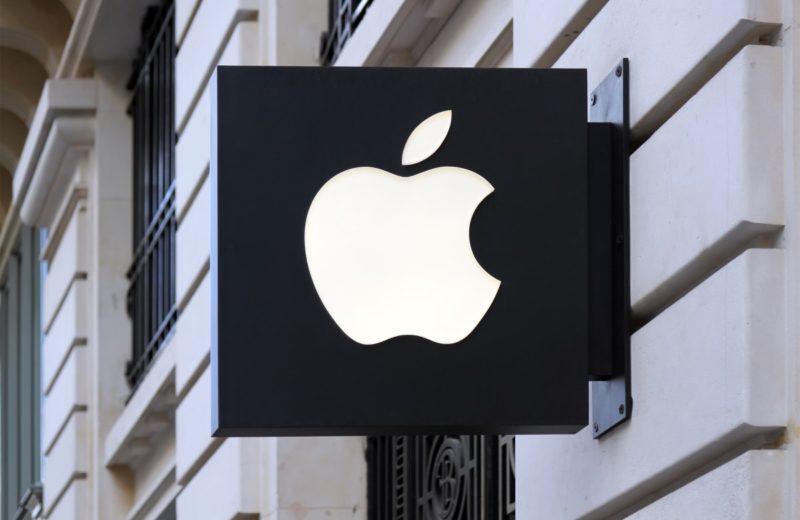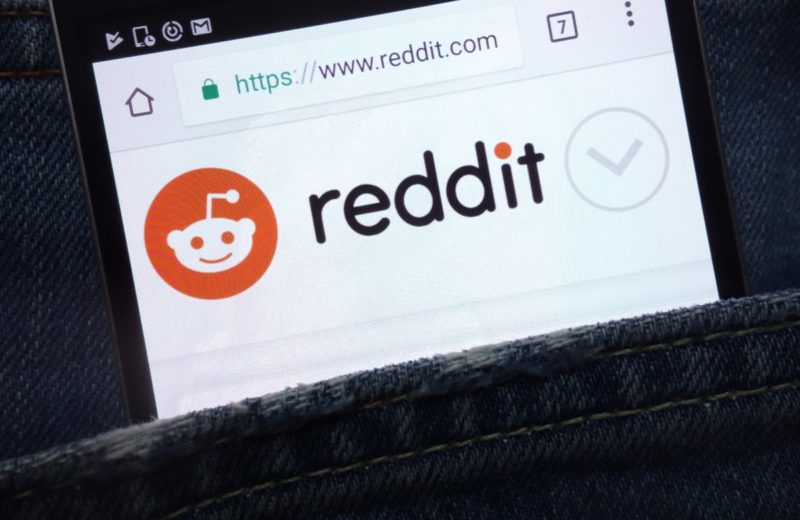Nowadays exist many dating apps. App advertisers need diversity. So, artificial intelligence offers a solution: Fake people.
Artificial intelligence is offering companies a chance to create imaginary models. Thus, it increases diversity in their adds without any human beings. The computer-generated faces look like the real thing.
One firm offers to sell diverse photos for marketing brochures. The dating app has already signed up clients and intends to use the images in a chatbot. Another company wants to move past AI-generated headshots. It says that as early as this month, it’s moving into the generation of full, fake human bodies.

Moreover, the artificial intelligence software creates such fake faces. It’s improving rapidly and freely available. Those fakes are very convincing that they can fool the human eye. The systems are training on massive databases of actual faces. Then systems attempt to replicate their features in new designs. The AI allowing small start-ups to develop quickly fakes.
The experts of artificial intelligence worry that fakes will empower a new generation of spies, bot, and scammers. They can use photos to build online personas. Also, they can bias in hiring and damage efforts of bringing diversity to industries. The internet already suffers from disinformation campaigns, including “deepfake” videos and other deceptive techniques. Such software can fuel a more significant erosion of the trust towards the Internet.
A fellow in artificial intelligence, law, and policy at the University of California at Los Angeles’s law school is Elana Zeide. She said that technology showcases how little knowledge and power users have in terms of the reality of what they see online.
Problems with Artificial Intelligence
There is no objective reality to compare these photos against “real” pictures. The people are used to physical worlds with sensory input, added Elana Zeide. Also, We don’t have taught or instinctive responses on how to detect what is not real and what is. It is very exhausting, says the fellow in artificial intelligence.
For example, an Argentina-based design firm icons8 sells stock photos and digital illustrations. Last month it launched online business Generated.photos.
The site allows you to filter fake photos based on age from infant to the elderly. Also, anyone can filter photos by ethnicity and emotion. The filter system includes eye color, hair length, and gender. It offers diverse, worry-free models on-demand using Artificial Intelligence.
For clients needing to jazz up promotional materials, the company says its faces could be useful. On the site, anyone can illustrate concepts or fill out prototypes too touchy for a human model; for example, “criminal proceedings” and “embarrassing situations.” The online guide is promising to clients that they will be able to reduce bias and increase diversity. Thus, the site will include many different ethnic backgrounds.
Through haphazard diversity-boosting attempts, companies infamously have embarrassed themselves. For example, they have shamefully photoshopped a black man into an all-white crowd or have superimposed women into group photos of men.
The artificial intelligence start-ups offer companies the diversity illusion, without working with any diverse set of people.
Let’s wait and see how artificial intelligence will succeed in the dating app world.
















